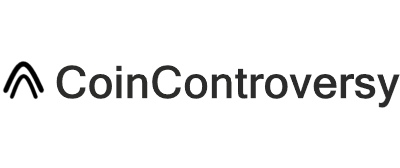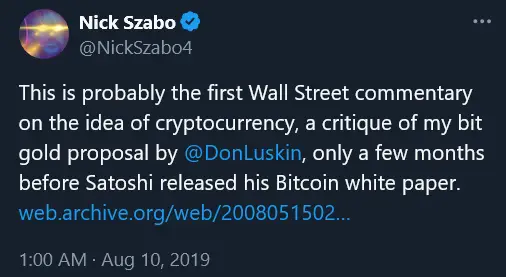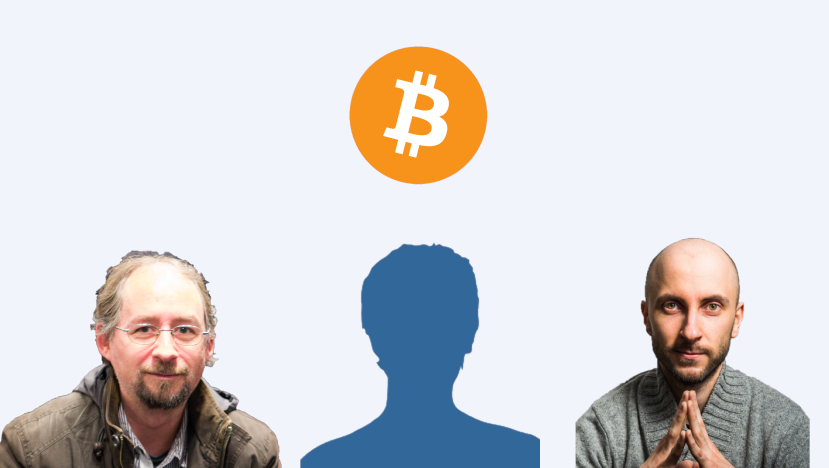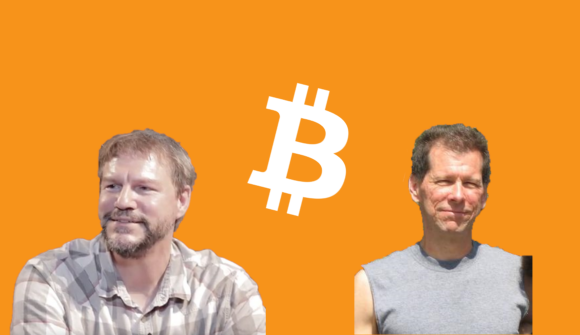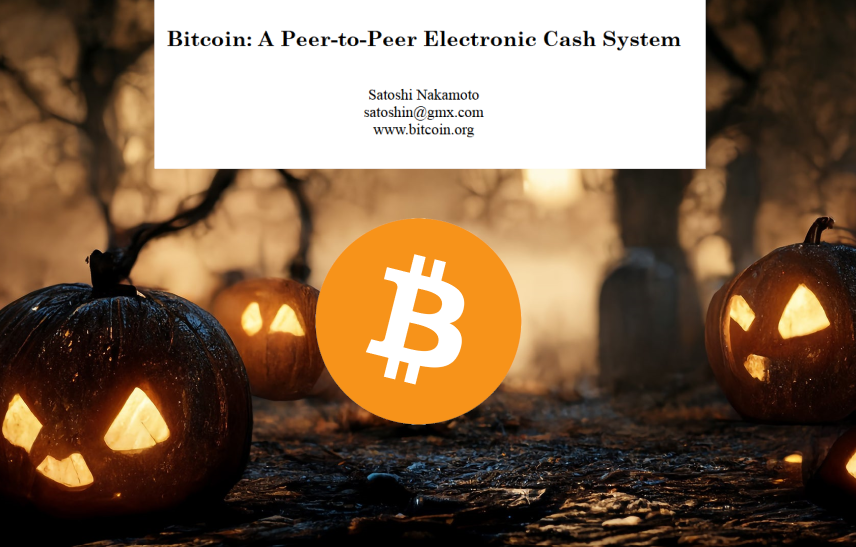Nick Szabo, The Real Satoshi Nakamoto: The Definitive Case Study

Table of Contents
- The birth of Bitcoin
- Who is Nick Szabo?
- Bit gold: Bitcoin's predecessor
- Bitcoin's early draft appears to be Bit gold
- Satoshi avoided Bit gold until 2010
- A Satoshi Easter egg motivated Szabo
- Remarkable timing
- Szabo's ideas match Satoshi's early code
- Satoshi borrowed from Szabo's economics
- Immense similarities in personality and skills
- Szabo's OPSEC is extraordinarily strong
- Satoshi respected Hal Finney, Szabo's friend
- Some crypto leaders share the same conclusion
- Common opposing arguments
- Ancestral connection to Satoshi's first statue
- Conclusion
The birth of Bitcoin
The 2008 financial crisis sparked a revolutionary invention: Bitcoin, the world's first peer-to-peer digital cash system, developed by a visionary computer scientist who utilized cutting-edge asymmetric cryptography. Bitcoin's enigmatic creator shrouded himself in the pseudonym "Satoshi Nakamoto" to maintain anonymity.
Embracing a profound commitment to decentralization, Satoshi left the project in 2011. My extensive research on Satoshi points to renowned computer scientist Nick Szabo, the father of smart contracts and Bitcoin's precursor, Bit gold.
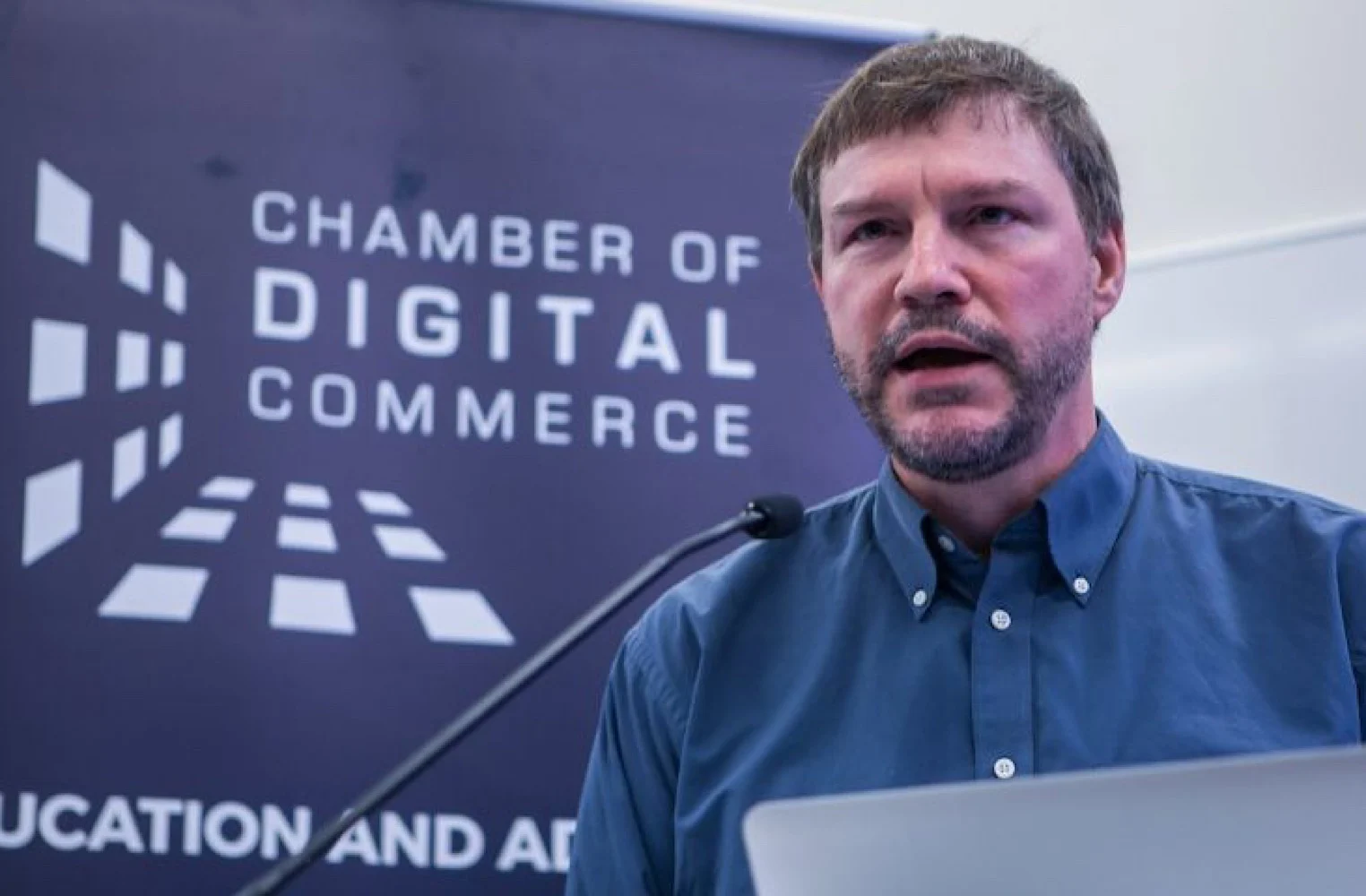
Who is Nick Szabo?
Nick Szabo is an American polymath with expertise in computer science, economics, cryptography, law, and science. A former business partner describes him as a "quiet master of cryptocurrency," stating:
"His work and insights are comparable to Einstein, Heisenberg, Bohr, Born, and Schrödinger..."
In 1989, Szabo earned a computer science degree from the University of Washington, then returned to his birthplace California, where his interest in extropy drew him to the Cypherpunk movement. A leading cypherpunk alongside Wei Dai and Hal Finney, Szabo was inspired by David Chaum (creator of ecash) and Tim May, who authored "The Crypto Anarchist Manifesto." Szabo famously consulted for Digicash, David Chaum's pioneering ecash venture.
Notably, Szabo worked at the NASA jet propulsion lab, showing his strong math skills, and graduated from GW Law with a JD in 2006. For his many academic contributions, Szabo was awarded an honorary social sciences doctorate and professorship from Francisco Marroquín University in 2017.
Szabo's trailblazing 2001 paper, "Trusted Third Parties are Security Holes," profoundly influences Bitcoin advocates worldwide since it pioneered the case for distributed networks operating without trusted intermediaries.
Bit gold: Bitcoin's predecessor
In 1998, Nick Szabo invented Bit gold, a cryptocurrency sketch using miners to solve complex mathematical puzzles through Adam Back's Hashcash proof-of-work algorithm, which Bitcoin adopted in a variation. Szabo introduced Bit gold on his Libtech mailing list, which included Hal Finney, Wei Dai, and economists George Selgin and Larry White. Dai, who went to the same university as Szabo, also drafted B-Money on the list.
Importantly, Szabo refers to Bit gold as Bitcoin's "predecessor design." He published Bit gold in 2005 on his blog, Unenumerated, after encouragement from Hal Finney. In another 2005 blog post, Szabo passionately stated:
"There are some problems involved with implementing unforgeable costliness on a computer. If such problems can be overcome, we can achieve bit gold. This would be the first online currency based on highly distributed trust and unforgeable costliness rather than trust in a single entity and traditional accounting controls. Hal Finney has implemented a variant of bit gold based on a tamper-evident computer plug-in card, for which remote users can verify what code is running on the card."
This passage demonstrates that Szabo's vision was for Bit gold to be the first P2P, decentralized online currency, and Hal Finney's RPOW was a key inspiration. Further, in a famous 2011 blog post titled, "Bitcoin What Took Ye So Long," Szabo equates Bitcoin's early ideas to Bit gold:
"The short answer about why [Bitcoin] took so long is that the bit gold/Bitcoin ideas were nowhere remotely close to being as obvious [as] Gwern suggests."
For context, Gwern is a Bitcoin researcher, programmer, and writer. Notably, Szabo's May 2011 blog post coincided with the month Satoshi last emailed core developers, as reported by Nathaniel Popper (formerly of The New York Times) in a 2015 article identifying Szabo as the likeliest candidate:
"May 2011 was also the last time Satoshi communicated privately with other Bitcoin contributors. In an email that month to Martti Malmi, one of the earliest participants, Satoshi wrote, “I’ve moved on to other things and probably won’t be around in the future.”
Fascinatingly, Szabo wrote a seminal blog post in April 2008 (6 months before the Bitcoin whitepaper) titled "Bit gold Markets" and later altered the URL to postdate the Bitcoin whitepaper. Notably, he commented:
"[Bit gold] would greatly benefit from a demonstration, an experimental market (with e.g. a trusted third party substituted for the complex security that would be needed for a real system). Anybody want to help me code one up?"
Szabo's activities became more and more impressive as time passed. The puzzle pieces appear to have been forming.

Bitcoin's early draft appears to be Bit gold
Satoshi likely had an early draft, which appears to be Bit gold, given the unique similarities. While Bit gold included a L2 for private retail payments, Bitcoin relies on external L2s like Lightning and doesn't prioritize privacy. Crucially, Szabo acknowledged in 2007 that cryptographer Daniel Nagy's model of reduced privacy could succeed:
"Thus, the main advantage of Nagy's scheme, which may or may not make up for its reduced privacy features, comes from the ability to use it without having to install any extra software at all... If this is an important use-case, then Nagian cash may succeed where Chaumian cash failed."
Szabo's description is very similar to Bitcoin's privacy model. When a user asked Satoshi in 2010 about Bitcoin's history, Satoshi admitted he started in 2007:
"Since 2007. At some point I became convinced there was a way to do this without any trust required at all and couldn't resist to keep thinking about it. Much more of the work was designing than coding. Fortunately, so far all the issues raised have been things I previously considered and planned for."
Six months before the whitepaper, in April 2008, Szabo indicated a similar notion when discussing possible Bit gold changes:
Byrne (commenter): "Why do the puzzling at all, rather than issuing a fixed amount of currency inflated at a predictable rate, with unique identifiers for each unit of currency?"
Szabo: "This is an interesting idea, something like the idea that the Fed should follow a simple algorithm rather than trying to outguess markets. But the real question for beating bit gold is how do we do this without having to put full trust in third parties? If we can figure that out, we've come up with something better than bit gold. ("We" as usual on this blog being just whoever wants to explore the possibility, not the government :-)"
Szabo's idea of a non-government entity creating a better, predictably-inflated currency parallels Bitcoin, and also, Bitcoin's inflation rate is algorithmically predictable through halvings. Subsequently, Szabo explains Bit gold's security flaw:
"Byzantine security is far from perfect. In layman terms it just means that when everybody sends everybody else the same message, far more people have to be corrupted in order to fake the message than if the message is sent through one or a few people. Thus any given party is trusted only to a very small degree, but there is still that small degree of trust."
As shown, Szabo's security concern about Bit gold is its vulnerability to Sybil attacks. Puzzlingly, he sought contributors despite this issue, while foreseeing a superior alternative. Sensationally, Szabo explained in his May 2011 blog post how Satoshi improved upon the same security flaw from April 2008:
"Nakamoto improved a significant security shortcoming that my design had, namely by requiring a proof-of-work to be a node in the Byzantine-resilient peer-to-peer system to lessen the threat of an untrustworthy party controlling the majority of nodes..."
Szabo further described Bit gold in another April 2008 comment; stressing its open source nature much like Satoshi:
"The entire value chain from puzzle to solution, and all transfers of title, are available for all bit gold and can be audited by anybody at any time."
Amazingly, a user named "Eddie" used the term "bit coin" multiple times in a remarkable comment also on "Bit gold Markets."
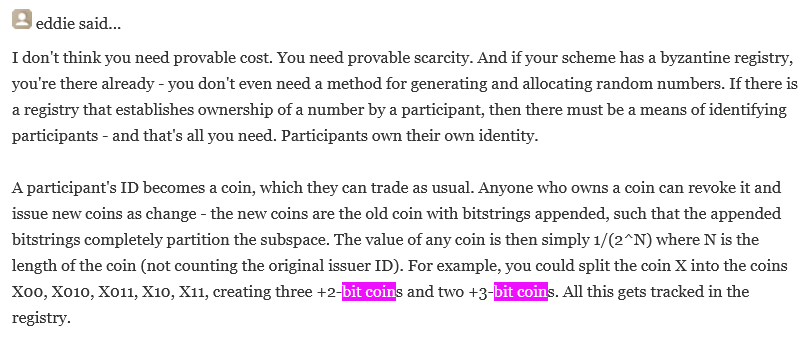
Eddie's comment appears to have predated Bitcoin, as Szabo responded to others in a pre-Bitcoin context, while ignoring Eddie's. If it were after the whitepaper, Eddie would have mentioned Bitcoin's design, meaning Szabo likely saw "bit coin" before Satoshi used any variation. In fact, Szabo even responded with curious timing to the first Wall Sreet critique of a cryptocurrency, Bit gold, also 6 months before Satoshi's whitepaper.
Importantly, Szabo invented a blockchain predecessor in 1998 called the title registry, which was Bit gold's decentralized database that used public key cryptography based on hashchains. A title registry can be used for other things, as Szabo explained in a May 2009 blog post, "Liar-resistant government," where he oddly spelled Bitcoin incorrectly, while elucidating its similarities with Bit gold:
"Bit gold, my sketch of an electronic currency that minimally relies on trust in any one person or organization, achieves this minimal vulnerability by using secure property titles. Satoshi Nakamoto has implemented BitCoin which very similarly uses a dense Byzantine fault tolerant peer-to-peer network and cryptographic hash chains to ensure the integrity of a currency."
Aaron van Wirdum perceptively summarized Bit gold in a Bitcoin Magazine piece, "The Genesis Files: With Bit Gold, Szabo Was Inches Away From Inventing Bitcoin:"
"Indeed, it's not difficult to see Bit Gold as an early draft of Bitcoin. Apart from the shared database of ownership records based on public-key cryptography, the chain of proof-of-work hashes has an eerie resemblance to Bitcoin's blockchain."
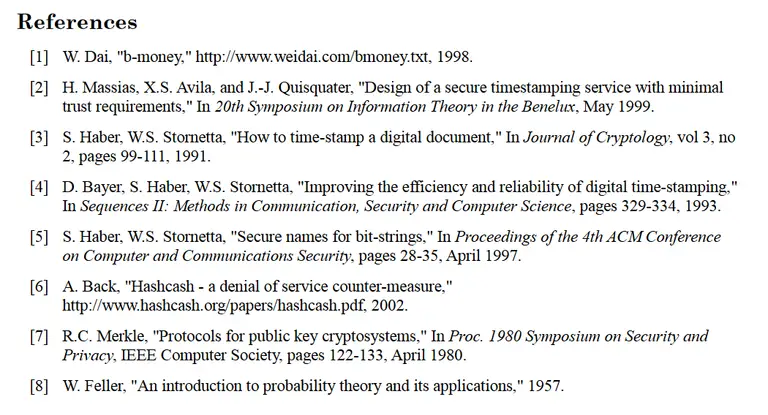
Satoshi avoided Bit gold until 2010
Satoshi omitted Bit gold in the whitepaper despite Bitcoin's strong resemblance to it, suggesting an intentional avoidance of openly referencing the project. Bitcoin is a modified implementation of Bit gold (as per Szabo's assessment), which raises the likelihood of Szabo being the whitepaper's primary author.
In a conversation with Satoshi one week after the whitepaper, Hal Finney stated:
"Nick Szabo wrote many years ago about what he called "bit gold" and this could be an implementation of that concept."
In Satoshi's response, he ignored Bit gold again, but backtracked in 2010 by admitting Bitcoin was an implementation of B-Money and Bit gold.

A Satoshi Easter egg motivated Szabo
Satoshi listed his birthday as April 5, 1975, and importantly, April 5, 1933, was the day US President Franklin D. Roosevelt signed Executive Order 6102, making it illegal for Americans to store gold. In a change of heart, the US Government reversed the policy in 1975. Amazingly, Szabo mentioned FDR's gold ban on his blog 10 days before Satoshi registered Bitcoin.org on August 18, 2008:
"Due to personal cash flow needs, I am selling some of my collection. Nobody is printing any more of this kind of money and it is a great hedge against inflation. As a collectible it is subject to less political risk than gold (recall FDR's confiscation of gold in the U.S., for example)..."
Szabo has also mentioned FDR's gold ban in speeches. The timing of his private notes sale is noteworthy, given its close proximity to Bitcoin.org's registration.
Remarkable timing
Evidently, Szabo displayed unique timing between 2007-2011, and the most impressive part of his timeline is undoubtedly the week of Bitcoin.org's registration.
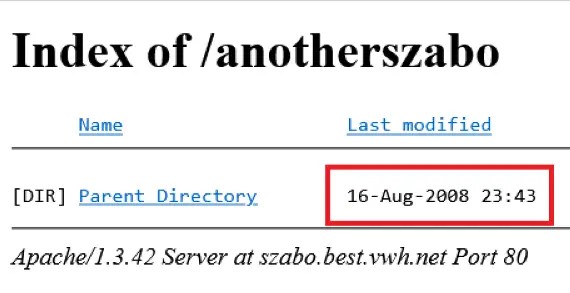
Curiously, Szabo interacted with a perplexing folder on his web server called "anotherszabo" two days before Satoshi registered Bitcoin.org.
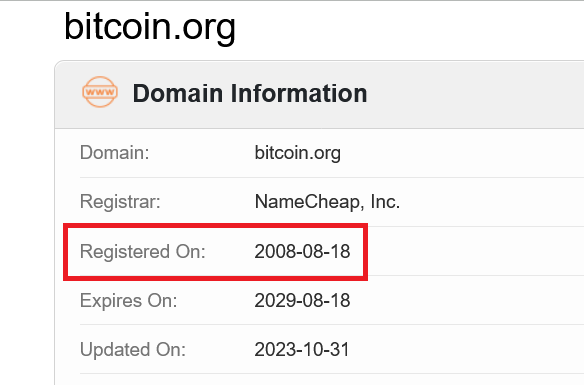
The timing, name, and other circumstantial evidence raise interesting questions about the contents of the folder and why it was referred to as "anotherszabo."
Next, Szabo mysteriously put his blog into "reruns" two days after Bitcoin.org's registration on August 20, which meant he only reposted for part of 2008 and 2009. Strikingly, two reposted papers were Bit gold and "Bit gold Markets," making them appear like they were published after the whitepaper.
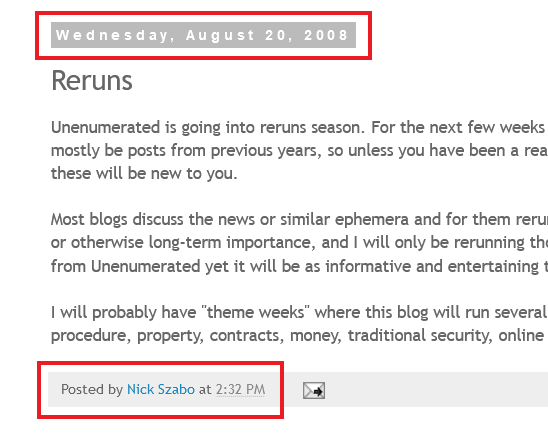
Stunningly, I noticed that Satoshi sent his first email 3-4 hours before Szabo's important "Reruns" post on the same day.
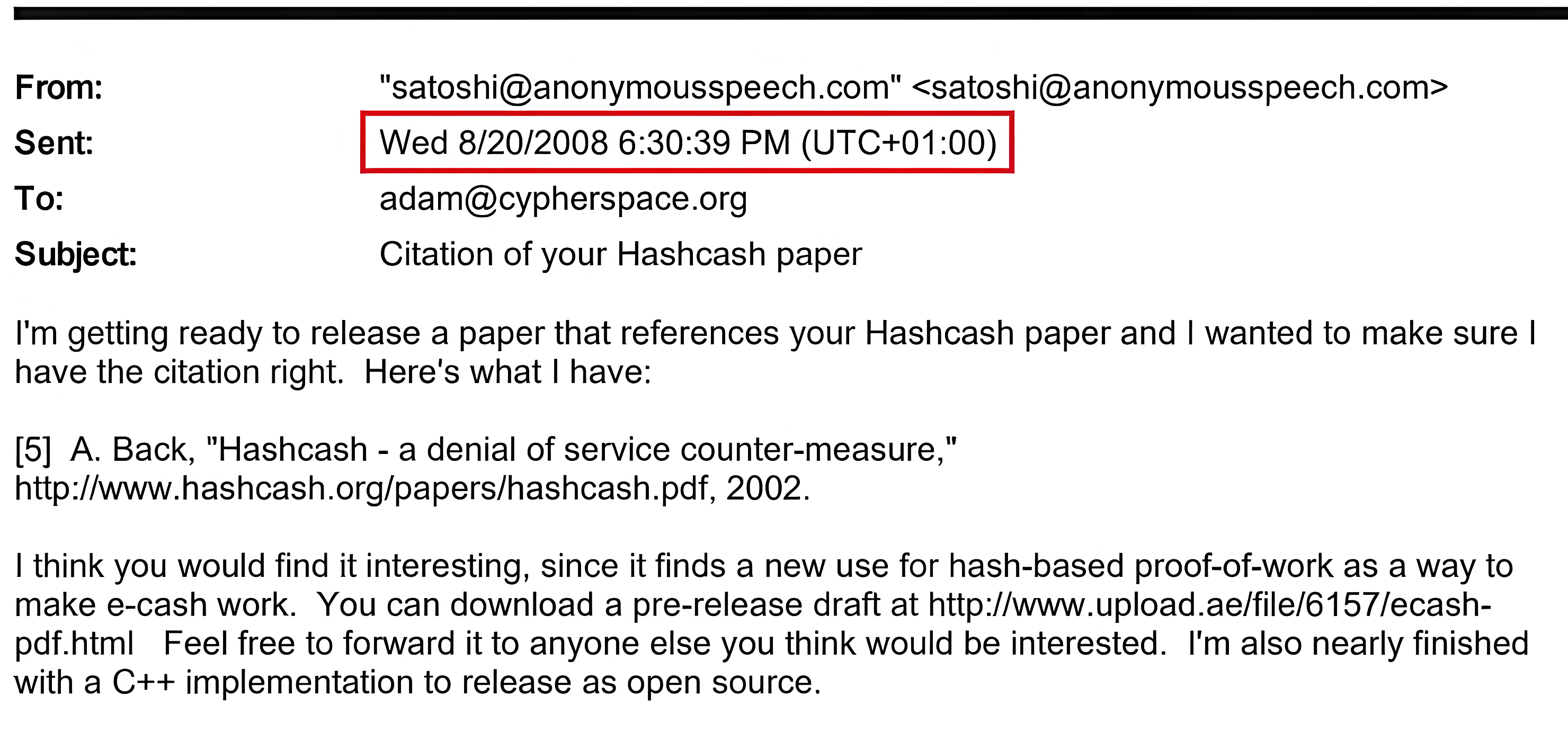
Szabo's ideas match Satoshi's early code
While examining Bitcoin's pre-release code, I noticed several key points. Notably, Satoshi removed a virtual poker game in the first release, which Szabo has an interest in:
"My own vision of cypherpunk evolution runs along the following lines... online markets: Internet video poker... etc."
Further, Satoshi programmed an unfinished digital marketplace, which he later described as an "eBay style marketplace:"
"I was trying to implement an eBay style marketplace built in to the client."
Strikingly, Szabo displayed a high respect for eBay in his revolutionary paper, "Shelling Out: The Origins of Money" (published in 2002):
"It is no coincidence that markets in rare objects and unique artwork... have enjoyed a renaissance during the last century. One of our most advanced high-tech marketplaces, eBay, is centered around these objects of primordial economic qualities."

Satoshi borrowed from Szabo's economics
Evidently, Satoshi was motivated to ensure scarcity and a lack of government involvement in Bitcoin. For example, he embedded a British newspaper headline into the Genesis block stating, "Chancellor on Brink of Second Bailout for Banks."
Szabo also desired to curb inflation and remove the need for middlemen in Bit gold:
"The problem, in a nutshell, is that our money currently depends on trust in a third party for its value. As many inflationary and hyperinflationary episodes during the 20th century demonstrated, this is not an ideal state of affairs."
Satoshi echoes Szabo in his first forum post:
"The root problem with conventional currency is all the trust that's required to make it work. The central bank must be trusted not to debase the currency, but the history of fiat currencies is full of breaches of that trust."
Satoshi notably used fiat terms like "cent" for Bitcoin's sub-units. Szabo's concept of "authority resemblance" suggests that innovative collectibles designed to resemble authority are more likely to appeal broadly. Evidently, fiat terms resemble authority and are widely recognizable, lining up with Szabo's research again.
Crucially, in Szabo's famous 2011 blog post, he suggested that his paper about money's origins should be required reading for people debating Bitcoin's economics:
"Gold couldn't work as money until it was already shiny... or something else besides money, they told me... Even though I had rebutted these arguments in my study of the origins of money, which I humbly suggest should be required reading for anybody debating the economics of Bitcoin."
Szabo proves in his economic theory that 'unforgeable costliness' and scarcity make objects like gold reliable as money. The effort required to mine gold, which is a finite material, cannot be faked, making it a strong medium of exchange due to scarcity and trust minimization rather than aesthetic appeal.
Satoshi implemented Szabo's economics through mining and the 21 million limit (establishing unforgeable cost and scarcity), proving that Bitcoin doesn't need intrinsic qualities to be the best. With fiat money, trust is placed in a government, resulting in high inflation, while Bitcoin avoids inflation spikes since a trusted third party isn't used.
These factors explain why Szabo views his work as being required reading, and he even stated in a 2018 interview at Francisco Marroquín University:
"Well, the term mining came about with the analogy to gold mining... so, my economic theory that I applied to Bit gold, and that I... or some people at least applied to Bitcoin."
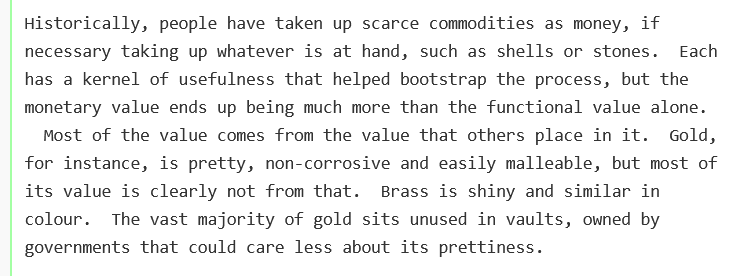
Satoshi used this economic theory in his third email to Martti Malmi. In Szabo's work, shells are an example of ancient money that is trust minimized and scarce. Further, a researcher showed in 2017 how Satoshi again utilized Szabo's economics in 2010 through his description of a non-aesthetic metal.
Immense similarities in personality and skills
As previously stated, Satoshi was motivated by scarcity, much like how Szabo was with Bit gold. However, that is far from the only similarity. Satoshi had experience with smart contracts, which Nick Szabo pioneered:
"The design supports a tremendous variety of possible transaction types that I designed years ago. Escrow transactions, bonded contracts, third party arbitration, multi-party signature, etc."
Daniel Nagy, the cryptographer whose 2007 model inspired Szabo, even noted on Szabo's blog in 2011 that Bitcoin's formal language, Script, utilizes smart contracts:
"Strokes of genius include:
- The formal language used to describe transaction details. Smart contracts right there!"
What's more, Satoshi supported the existence of altcoins in writings such as below.

Szabo likes certain altcoins in addition to Bitcoin (such as Monero), which is explained by him being the father of smart contracts, while also having researched monetary history. Crucially, he understands that many types of scarce money existed historically, utilized by diverse groups — a scenario that he supports in the digital world.

Intriguingly, Szabo knows Japanese, paralleling Satoshi's choice of a pseudonymous Japanese name. In fact, Nick Szabo has similar writing mannerisms to Satoshi. A group of 40 final-year Aston University stylometry students, led by Professor Jack Grieve, stated in a 2014 study of the whitepaper:
"The number of linguistic similarities between Szabo’s writing and the Bitcoin paper is uncanny... We are pretty confident that out of the list of people regularly referred to as possibilities, Nick Szabo is the main author of the paper, though we can’t rule out the possibility that others contributed."
A 2017 analysis also resulted in Szabo's linguistics being most similar, while a 2016 programming analysis noted that Szabo's commenting style strongly resembled Satoshi's. Similar patterns were later found in James Donald's work, though Donald interacted publicly with Satoshi, unlike Szabo, who has no known correspondence.
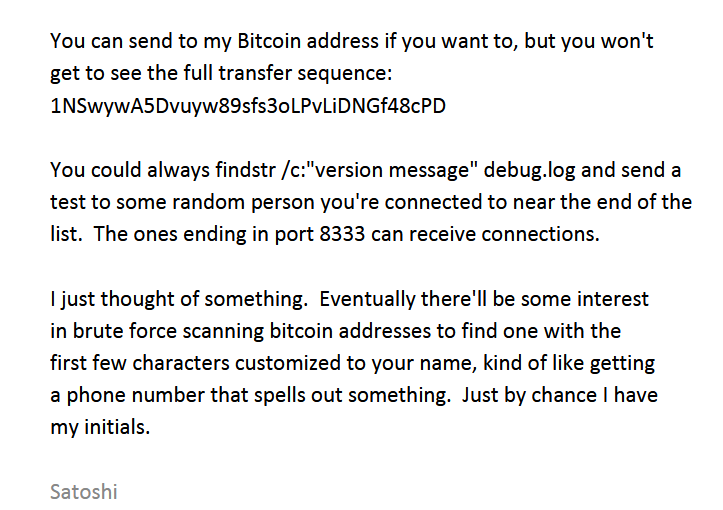
Based on the dialogue, Satoshi also left a possible reference to Nick Szabo's initials in the above Bitcoin address (1NSwywA5Dvuyw89sfs3oLPvLiDNGf48cPD). Many also note that Szabo and Satoshi have flipped initials (NS and SN).
Szabo's OPSEC is extraordinarily strong
By examining Occam's Razor, it's easy to understand why Nick Szabo was the first credible Satoshi candidate. Szabo's strong OPSEC caused many people in 2011 to theorize he didn't exist, along with his name being an alias for mathematician John Nash. Unsurprisingly, Szabo is an experienced user of pseudonyms:
"In my limited experience creating Internet pseudonyms, I've been quite distracted by the continual need to avoid leaving pointers to my True Name lying around -- excess mail to/from my True Name, shared files, common peculiarities (eg misspellings in written text), traceable logins, etc.... The hazards are everywhere."
There is evidence potentially indicating that Satoshi faked his British linguistics. A 2020 analysis showed that Satoshi's linguistics were erratic, with both British and American English used often, contrary to popular belief. In fact, Satoshi used American alongside British English in the same posts and emails at times, raising the chances that his linguistics were another red herring.
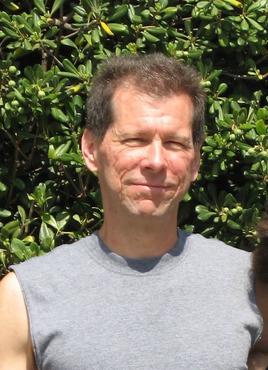
Satoshi respected Hal Finney, Szabo's friend
Satoshi Nakamoto sent the first Bitcoin transaction to Hal Finney, showing Finney's high interest, despite not being part of its creation. Interestingly, Finney stated in 2010:
"I'd like to hear some specific criticisms of the code. To me it looks like an impressive job, although I'd wish for more comments. Now I've mostly studied the init, main, script and a bit of net modules. This is some powerful machinery."
"That means a lot coming from you, Hal. Thanks."
The deep respect expressed by Satoshi implies that he knew of Finney before the creation of Bitcoin, lining up with Szabo's friendship with Finney. It was confirmed in Satoshi's newly released emails with Martti Malmi that he knew about Finney's RPOW and its influence like Szabo:
"[Hal] helped me a lot defending the design on the Cryptography list, and with initial testing when it was first released. He carried this torch years ago with his Reusable Proof Of Work (RPOW)."
Some crypto leaders share the same conclusion
Various fintech experts seem to agree with this article's premise. Litecoin's creator, Charlie Lee, stated in 2017:
"In my opinion, Nick Szabo is the closest we have to Satoshi, if not Satoshi himself."
As Litecoin's creator, Lee is highly familiar with Bitcoin's technology. Unsurprisingly, he isn't the only one to think this way. Elon Musk famously stated in December 2021:
"[Nick Szabo] seems to be the one more responsible for the ideas behind Bitcoin than anyone else."
Musk's claim is bolstered by Szabo's over 20 Bitcoin-related research papers, which others have yet to match. A 2018 article by journalist Jeff Roberts further highlights how industry veterans believe Szabo was Bitcoin's co-founder.
Common opposing arguments
In discussions about Satoshi's identity, Nick Szabo ranks at the top. Though, critics argue his lack of publicly available C++ code undermines his candidacy. As counterarguments, many highlight his expertise in open-source web development among other factors.
In a 2017 Tim Ferriss podcast interview with entrepreneur Naval Ravikant, Szabo denied the notion of being inexperienced at programming after Ravikant questioned his ability to program Bit gold:
Ravikant: "Nick, you only had the theory of Bit gold, but you're not a serious enough programmer to create Bit gold."
Szabo: "Well, I am a serious programmer, but.... I.... didn't get around to programming Bit gold."
Like other times, Szabo gave no concrete reason as to why he didn't program Bit gold. These details, including Szabo's strong computer science education, show that him not being able to program Bitcoin doesn't appear to match the evidence. Additionally, when a Twitter user asked Szabo why Bit gold failed, Szabo curiously replied:
"It's much easier to run actual software than a design for software."
Author Dominic Frisby famously revealed in his popular 2014 book, Bitcoin: The Future of Money?, that Szabo said to him privately:
"C++ is a great language for implementing cryptographic primitives because of its efficiency."
Szabo's statement implies that he has C++ experience, and the real Satoshi would hide his C++ code from the public due to obvious reasons. Based on his analysis, Frisby concluded that Szabo was Satoshi. Still, someone else could have written the code.

Finally, some argue that Szabo stopped using double spaces at the start of sentences after the 1990s, but this is false. Szabo has never used double spaces on his blog, which many incorrectly think is the only work he published after the 1990s. The above 2005 email shows Szabo using double spaces while discussing how RPOW is a working version of Bit gold.
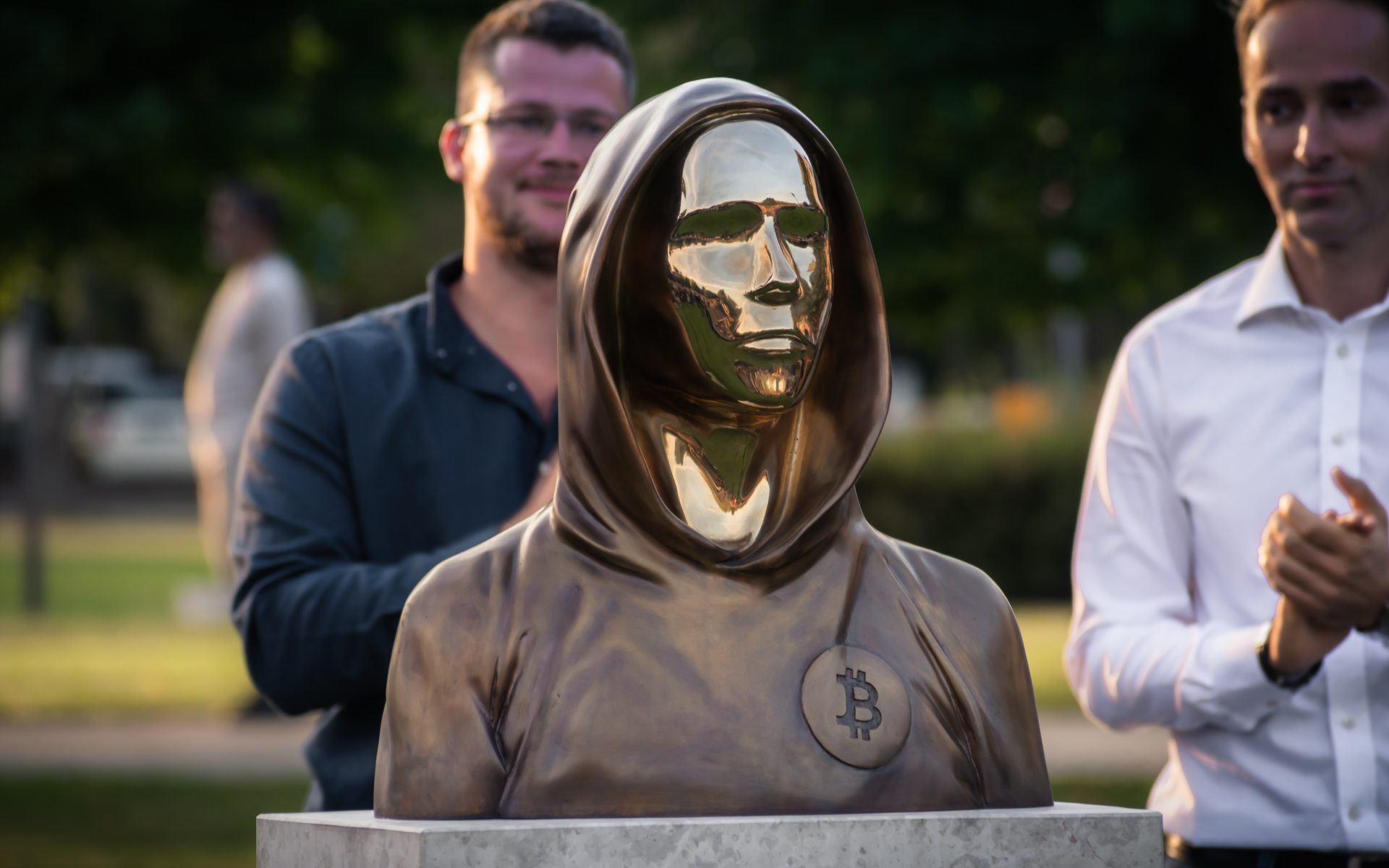
Ancestral connection to Satoshi's first statue
Hungary was peculiarly chosen as the location for Satoshi's first statue. Interestingly, Szabo's father was a Hungarian who opposed the communist regime in the 1950s and immigrated to America for freedom. This has inspired Szabo throughout his life, especially for his work to create a secure financial system untethered from government.
Conclusion
Bitcoin has revolutionized the global financial landscape, providing trust minimized financial services to millions of previously unbanked people. Satoshi Nakamoto is a visionary who impressively hid his identity while changing the world.
The evidence demonstrates that Bitcoin's creator possibly had collaborators and was a driven person with strong skills in economics, cryptography, and programming. Based on the above research, Nick Szabo appears to be the only candidate to closely resemble the unique profile of Bitcoin's inventor.
* This article is based on extensive research using public resources. The conclusions reached by the author are opinions, not established facts. Readers should evaluate the material independently. Note: Mr Szabo has denied being Satoshi Nakamoto.
* Please respect Mr Szabo. Additionally, beware of malicious individuals promoting scam tokens in the name of Szabo and other Satoshi candidates like Adam Back.
*This article was updated on Feb 21, 2025
